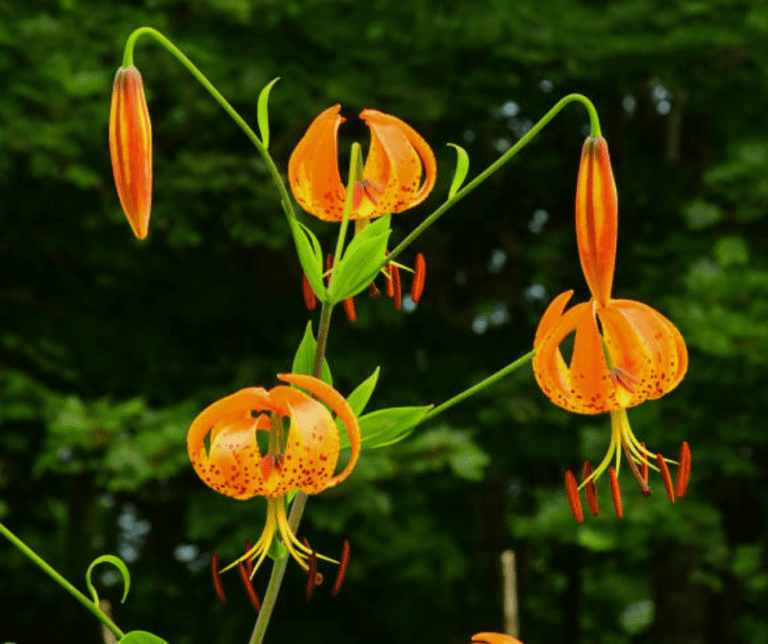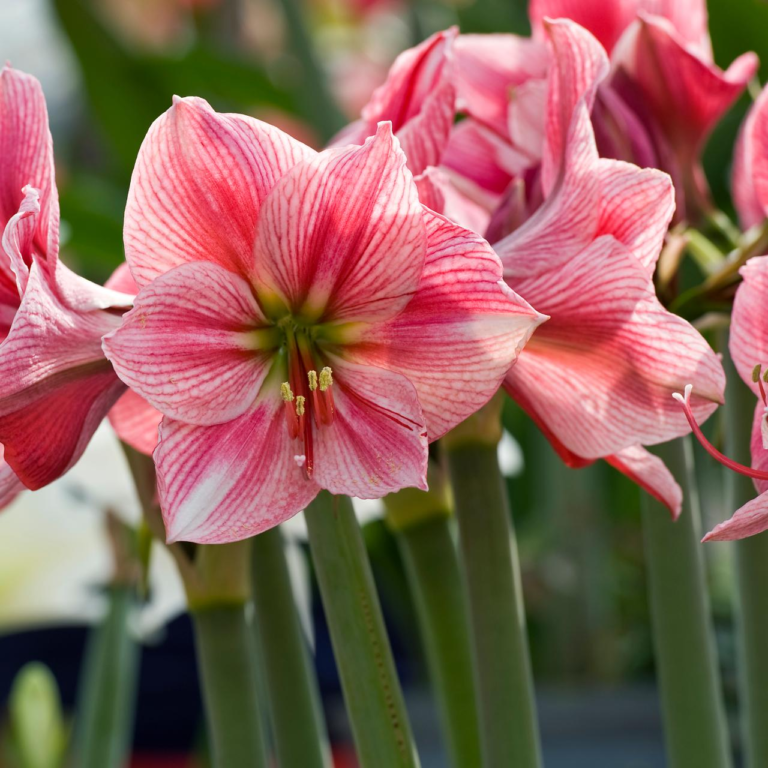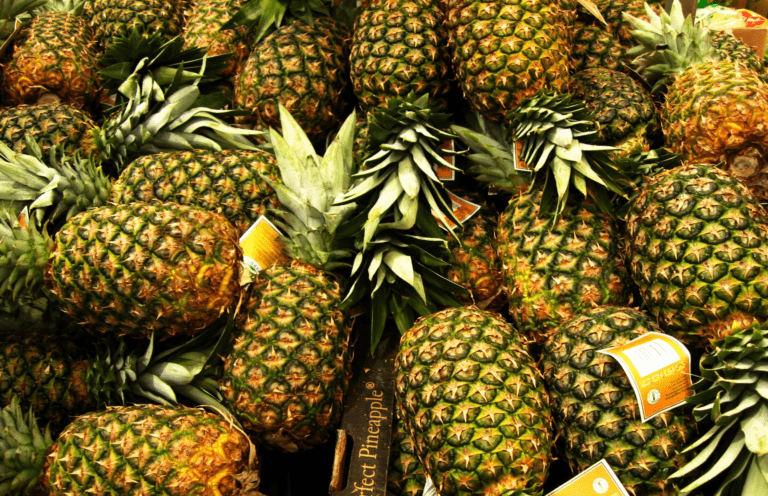How to Grow Marjoram: A Guide to Growing This Fragrant and Flavorful Herb
Table of Contents
Pruning and Harvesting Marjoram: Techniques for Shaping and Maintaining Your Herb, Plus Tips for Harvesting Fresh Leaves
Marjoram is a versatile herb that adds a delightful aroma and flavor to a wide range of dishes. To ensure that your marjoram plants stay healthy and productive, proper pruning and maintenance techniques are crucial. Pruning not only helps to shape the plant but also promotes bushier growth and increased leaf production.
When it comes to pruning marjoram, it’s best to start early in the growing season. Begin by trimming back any dead or damaged branches, making clean cuts just above a leaf node. This encourages new growth and prevents the plant from wasting energy on unproductive foliage. Additionally, removing any overcrowded or crossing branches allows for better air circulation, reducing the risk of diseases.
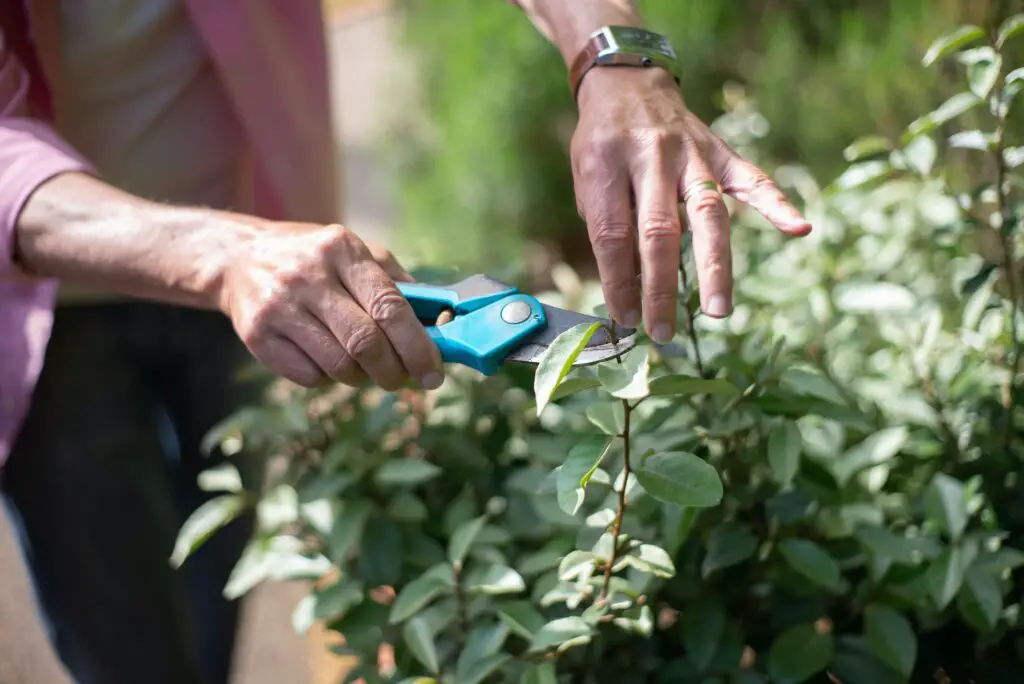
Regular harvesting is key to maintaining your marjoram herb and ensuring a continuous supply of fresh leaves. As a general rule, it’s recommended to harvest marjoram when it has reached a height of around six inches. Gently snip off the leafy stems just above a node. Avoid harvesting more than a third of the plant’s foliage at once, as this can hinder its growth and overall health. Remember, the more you harvest, the more the plant will produce, so regular picking will encourage a denser and bushier growth.
Dealing with Pests and Diseases: Common Issues Affecting Marjoram and Strategies for Prevention and Control
Marjoram, like any other herb, can face a range of pests and diseases that can hinder its growth and productivity. One common issue that gardeners encounter is aphid infestation. These tiny insects suck sap from the leaves, causing them to curl and turn yellow. To prevent aphids from damaging your marjoram plants, regular inspection is essential. If you notice signs of infestation, you can use natural remedies such as neem oil or insecticidal soap to control their population. Additionally, introducing predators like ladybugs or lacewings can help keep aphids in check.
Another pesky problem that marjoram can face is powdery mildew. This fungal disease appears as white or gray powdery patches on the leaves, stems, and flowers. It not only affects the plant’s appearance but also inhibits its growth and can lead to premature leaf drop. To prevent powdery mildew, it is crucial to maintain proper air circulation by spacing out your marjoram plants adequately. Proper watering techniques, such as avoiding overhead watering and watering at the base of the plant, can also help minimize the risk of this disease. If powdery mildew does appear, there are organic fungicides available that can be used to control its spread.
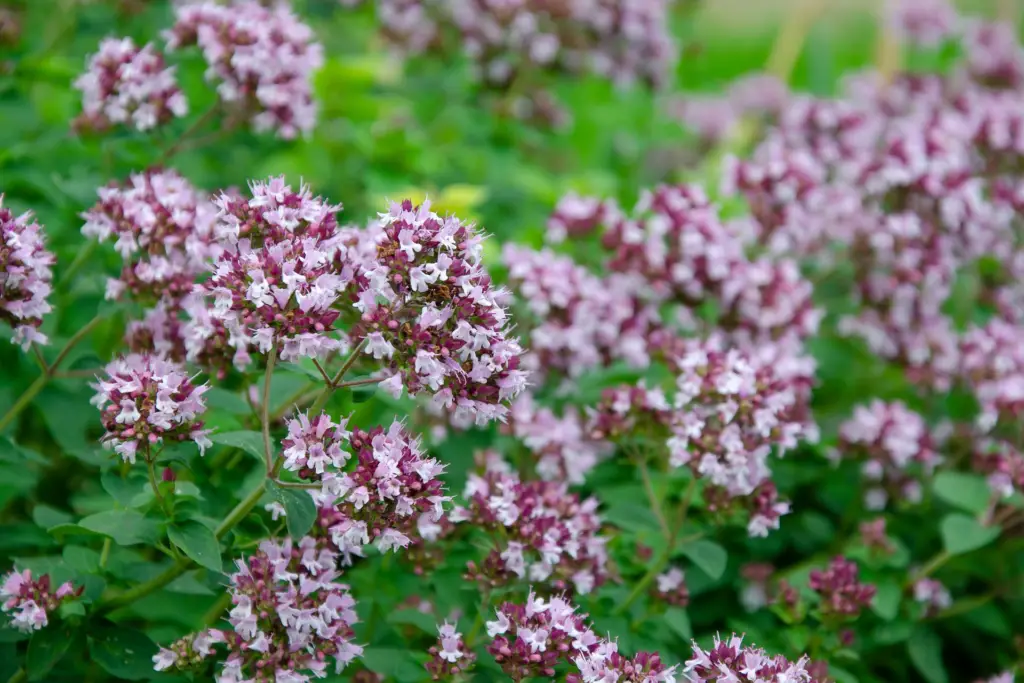
By being proactive and implementing these preventive measures, you can effectively address common pests and diseases that may affect your marjoram plants. Maintaining a healthy and thriving herb garden requires vigilance and prompt action to mitigate any potential damage. With the right strategies in place, you can enjoy the bountiful harvest of this aromatic herb while keeping pests and diseases at bay.
Overwintering Marjoram: How to Protect Your Herb from Cold Temperatures and Ensure Its
One of the challenges that marjoram plants face during the winter months is cold temperatures. Marjoram, being native to the Mediterranean region, is not well-suited to frost and freezing conditions. However, with proper care and preparations, you can protect your herb and ensure its survival throughout the winter.
The first step in overwintering marjoram is to provide sufficient insulation. This can be achieved by covering the plant with a layer of mulch or straw. The layer should be around 2 to 3 inches thick and should cover the base of the plant as well as the surrounding soil. This will help to insulate the roots and protect them from freezing temperatures. Additionally, you can consider using a frost cloth or row cover to provide further protection against the cold.
In conclusion, taking the necessary steps to protect your marjoram plants from cold temperatures during the winter months is essential for their survival. Proper insulation, through the use of mulch, straw, frost cloth, or row covers, can go a long way in ensuring the well-being of your herb. By providing a protective barrier against the cold, you can help your marjoram plants thrive and continue to provide fresh, aromatic leaves for your culinary needs.
How do I prune marjoram?
Pruning marjoram involves cutting back the stems by about one-third of their length. This helps promote bushier growth and prevents the plant from becoming leggy.
When is the best time to harvest marjoram leaves?
The best time to harvest marjoram leaves is in the morning, after the dew has dried but before the sun becomes too hot. This is when the essential oils in the leaves are at their peak.
How can I prevent pests from infesting my marjoram plants?
To prevent pests from infesting your marjoram plants, make sure to keep the surrounding area clean and remove any debris where pests can hide. Additionally, you can use organic insecticides or pest-repellent plants like marigolds as companion plants.
What are the common pests and diseases that affect marjoram?
Common pests that can affect marjoram include aphids, spider mites, and whiteflies. Diseases that may affect marjoram include powdery mildew and root rot.
How can I protect my marjoram plants from cold temperatures during winter?
To protect your marjoram plants from cold temperatures during winter, you can cover them with a layer of mulch or place a protective layer of frost cloth over them. This helps insulate the plants and prevent frost damage.
Can marjoram survive freezing temperatures?
Marjoram is a tender perennial herb and may not survive freezing temperatures. It is best to protect it from freezing temperatures or consider bringing potted marjoram indoors during winter.
Can marjoram be grown indoors during the winter?
Yes, marjoram can be grown indoors during the winter. Place the potted marjoram in a sunny spot and provide regular watering and well-draining soil to keep it thriving indoors.
Can I use dried marjoram leaves in place of fresh leaves?
Yes, dried marjoram leaves can be used in place of fresh leaves in recipes. However, keep in mind that the flavor may be more concentrated in dried leaves, so adjust the quantity according to your taste preference.
Can marjoram be grown from seeds?
Yes, marjoram can be grown from seeds. Sow the seeds in well-draining soil, keep them moist until germination, and provide them with ample sunlight for optimal growth.
Is marjoram related to oregano?
Yes, marjoram and oregano are closely related and belong to the same family, Lamiaceae. They have similar flavor profiles and can often be used interchangeably in recipes.

Pallavi Gupta is a burgeoning writer at SouthElMonteHydroponics, blending her passion for data analysis with a keen interest in biotechnology. Currently pursuing a Bachelor’s in Biotechnology at Amity University, Pallavi delves into the intricacies of life sciences while gaining hands-on experience in the exciting world of data analysis. Her unique background provides a fresh perspective on hydroponic farming, as she explores the intersection of biotechnology and sustainable agriculture. Through her writing, Pallavi aims to bridge the gap between data-driven insights and innovative farming practices, inspiring others to harness technology for a greener future.




